In our fast-paced digital age, data has become the driving force behind many key decisions. Whether in business, scientific research, or societal development, the ability to analyze and interpret vast amounts of information has become vital. However, with the increasing complexity of data sets, making sense of it all can be incredibly challenging. This is where the power of data visualization using node diagrams comes into play. In this article, we delve into the fundamentals of the node diagram. Keep reading to learn more.
Table of Contents
Understanding the Basics of Node Diagrams
A node diagram is a visual representation of data where individual items are denoted as nodes, and their relationships with other items are indicated by lines or arcs connecting these nodes. These diagrams are particularly effective in demonstrating hierarchical structures and networking relationships, making them immensely valuable in a range of sectors.
Node diagrams can be used to reflect both qualitative and quantitative data. They can depict hard data like sales figures or website traffic or display conceptual relationships like organizational structures or social networks. The versatility of node diagrams makes them a potent tool for data analysis, enabling observers to intuitively grasp complex relationships and patterns that might otherwise be challenging to discern.
Despite their apparent simplicity, node diagrams can yield profound insights when used correctly. They can help predict future trends, identify key influencers within a network, or expose vulnerabilities within a system.
Implementing Node Diagrams in Different Sectors
In business, node diagrams are widely used to visualize customer behavior, particularly in e-commerce. For instance, an online retailer can use a node diagram to track a customer’s journey through their website—from the initial landing page and various product pages to the final checkout. This data can then be used to optimize the site layout, improve product placements, and ultimately boost sales.
In social sciences, node diagrams play a crucial role in network analysis. They can be utilized to visualize relationships within a community or society, like mapping out family trees, social interactions, and more. Researchers can better understand human behavior and societal patterns by visually unraveling these complex interconnections.
Moreover, in the tech sector, node diagrams are often used to map IT infrastructures, network architectures, and other system layouts. They help IT personnel understand how various system components interact and can also aid in identifying vulnerabilities that might be targets for cyber-attacks.
The Benefits of Visualizing Data With Node Diagrams
One of the main advantages of using node diagrams is their ability to summarize complex information in an easy-to-understand format. By representing data visually, node diagrams can make it easier to identify patterns, correlations, and trends that might otherwise be overlooked.
Moreover, node diagrams can be incredibly helpful in communication. Whether you’re trying to explain a complex concept to a non-expert or presenting a business strategy to stakeholders, a well-constructed node diagram can make your message more digestible and impactful.
Finally, node diagrams can support decision-making processes by providing a holistic view of complex systems. They enable you to identify weak points, pinch points, and key influencers within a system, allowing you to make informed decisions based on this insight.
The Future of Data Visualization With Node Diagrams
With the increasing complexity of data and the growing demand for accessible data interpretation, the importance of node diagrams is unlikely to fade anytime soon. Technological advancements are likely to enhance the capabilities of these diagrams further, integrating them more deeply into our digital lives.
Artificial intelligence and machine learning have the potential to take data visualization to the next level. These technologies can automate the process of data collection and interpretation, producing node diagrams that provide real-time insights into complex datasets.
The utility and importance of node diagrams cannot be overstated. They empower us to understand and interpret complex data, facilitating smarter decision-making easily. With technological advancements set to enhance the applications of node diagrams further, their future looks promising and exciting.

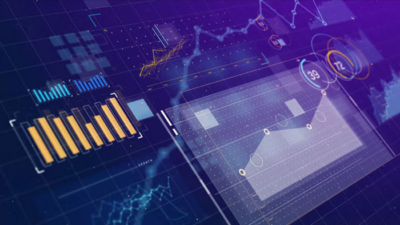

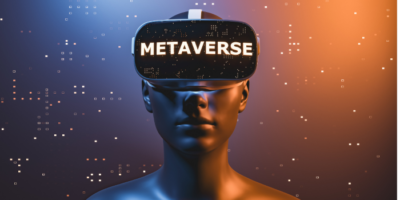

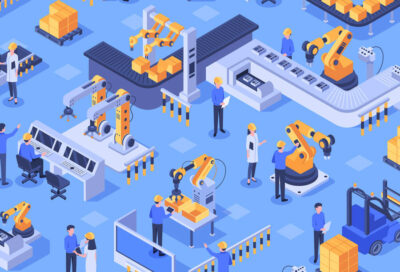
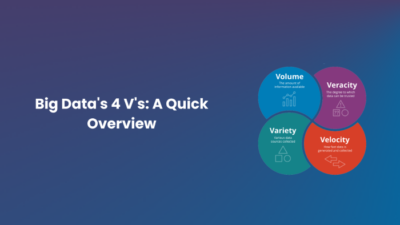


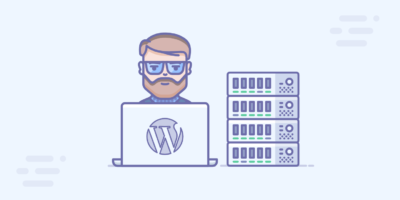
Comments on " Using Node Diagrams To Visualize Complex Data 10/14" :